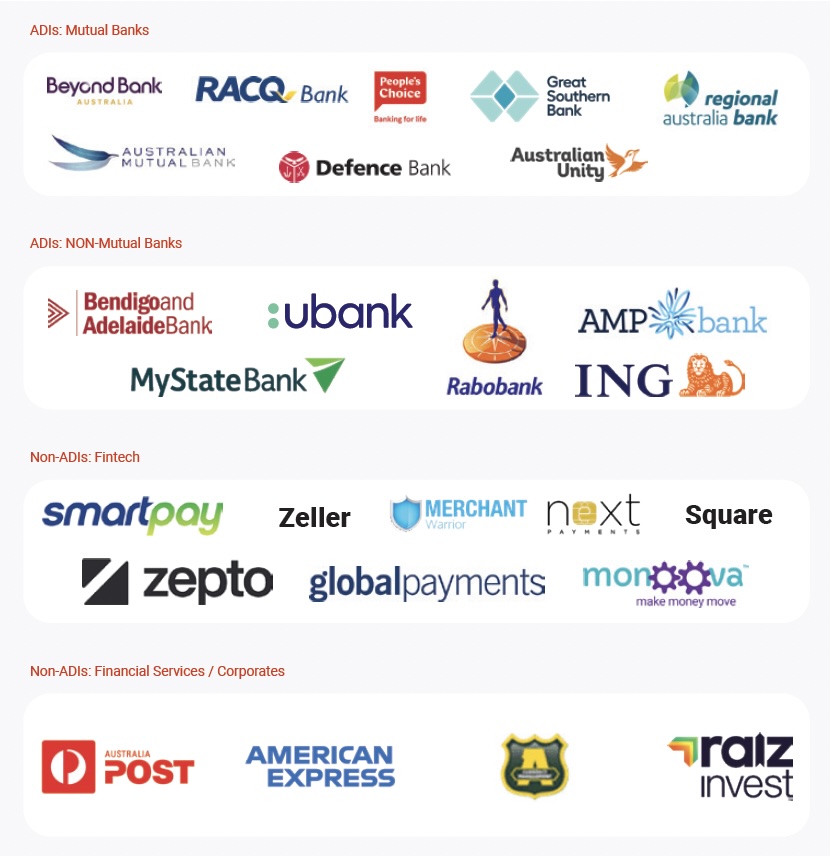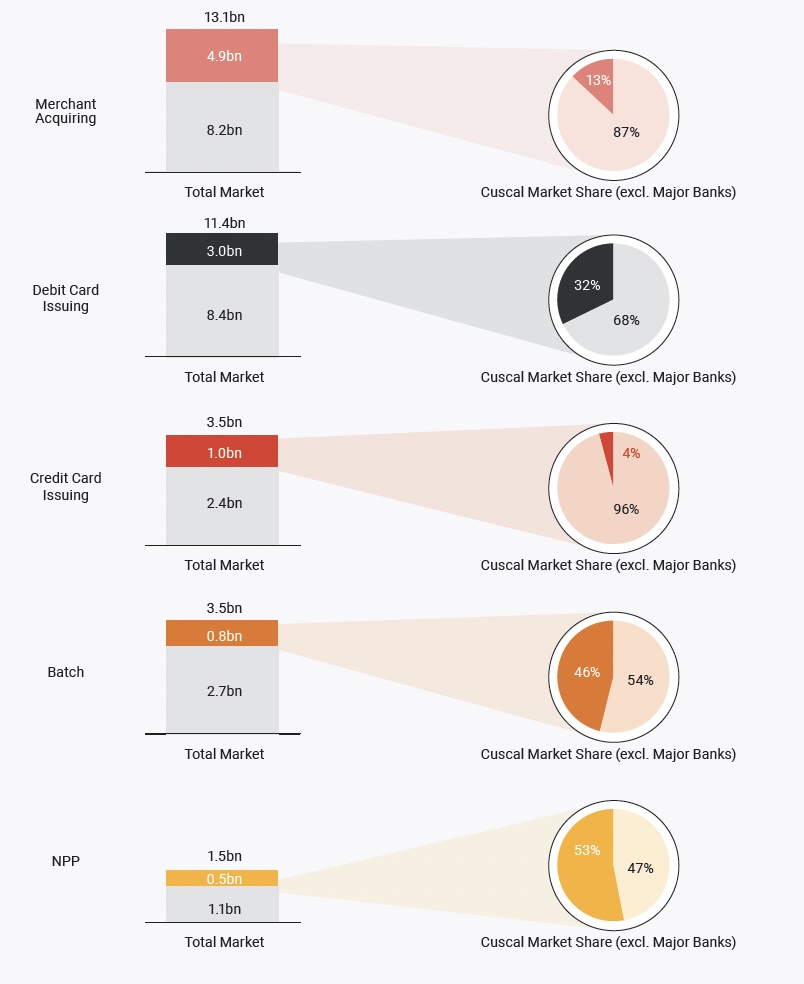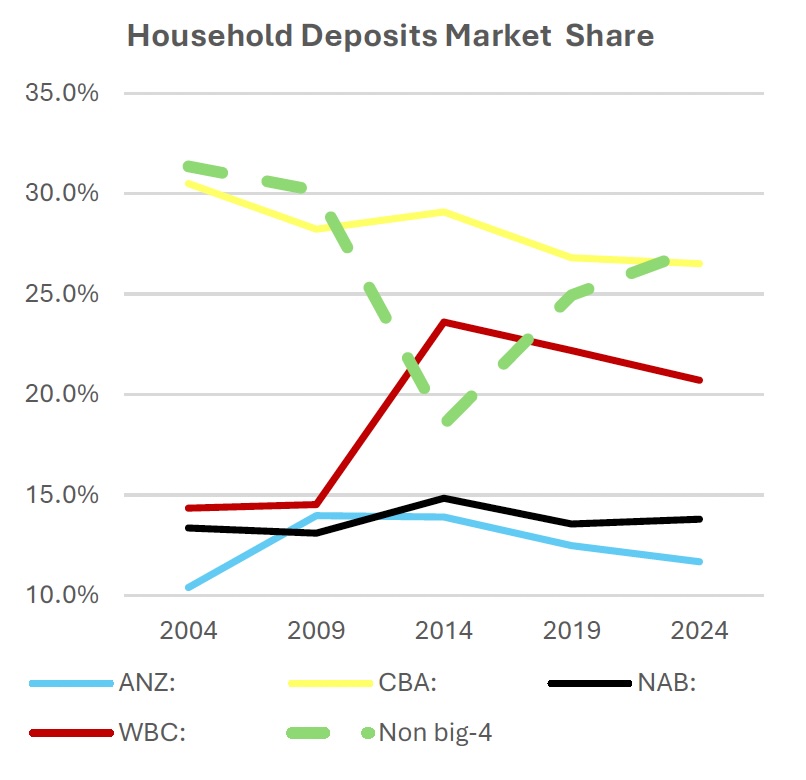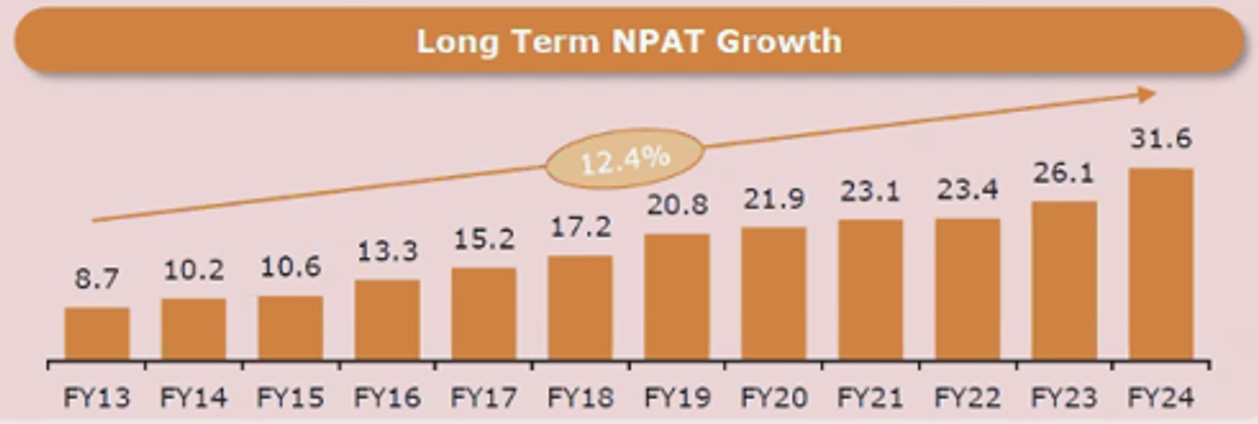Cuscal: Hiding in plain sight
We recently held our Investor Days in Sydney and Melbourne. A few of the key points that we emphasised to our investors were that the opportunity set right now in small caps (our specialty) is attractive and that while our focus is and will always be under the radar smaller listed companies (typically $100-300m market cap) our mandate is completely open, because you never know where the next opportunity might arise.
In theory, IPO’s are the antithesis of under the radar. Brokers are paid to push the story to as many investors as possible, a highly detailed prospectus digs into the minutiae of the company and its industry, and management are sent on investor roadshows that last many weeks, meeting investors across the country.
And yet we think we’ve found a great opportunity in the biggest IPO of the year (yet, anyway). It pays to look broadly.
Why are IPO’s Fertile Hunting Ground Right Now?
The IPO market has been mostly shut for three years. Guzman y Gomez pried the door open. This next round of IPOs is responsible for whether the door remains ajar, or slams shut.
All stakeholders need this next round of IPOs to work. Brokers want the fees to keep rolling. Private equity wants listed markets to become a viable liquidity option again. Fund managers have capital to deploy and the ever shrinking list of public companies means they’re on the look out for good quality replacements.
Even (partially) selling shareholders have an incentive for these deals to work well, to set their companies on a positive start to listed life.
That doesn’t mean all upcoming IPOs will be good quality. But it does make them worth scouring through.
Cuscal – Hiding in Plain Sight
That brings us to Cuscal (ASX:CCL), which is the biggest float of the year, although that says more about the status of the IPO market given Cuscal is a sub $500m small cap.
Cuscal is a payments infrastructure company founded in 1966 providing B2B payment processing services to banks, credit unions, fintechs and corporates.
Outside of the big 4 banks, Cuscal is the only payments provider with the technology, balance sheet and requisite licenses to directly connect and process payments across all key payment types in one organisation. This is both a significant moat and competitive advantage.
Cuscal generates most of its revenue from the below services:
1. Issuing: 65% of revenue, enables their clients’ end customers to make payments using their cards. Connects to the card rails (visa, MasterCard, eftpos, AMEX).
2. Payments: 17% of revenue, enables their clients’ end customers to make payments using BECS, BPAY, RTGS or NPP. Connects to the non-card rails.
3. Acquiring: 11% of revenue, allows its customers to accept payments when a cardholder wishes to purchase goods or services from a merchant.
The primary driver of Cuscal’s revenue is transaction volume rather than transaction value. There are several tailwinds that have driven the growth of the business, and should do for many years to come, outlined below:
1. Increasing use of card payments, currently at 75% of transactions;
2. Increased adoption of pay-as-you-go/subscription revenue models, vs upfront purchases, as well as Buy Now Pay Later (e.g. 1 transaction becomes 4);
3. Fintechs and Neobanks have begun to increasingly take market share off the banks, particularly since the introduction of Open Banking in Australia. Cuscal is their back-end connection layer into Australia’s payments system;
4. Increased adoption of real time payments through the New Payments Platform (NPP) which will continue to grow as batch payments (BECS) are phased out, currently scheduled for 2030. Cuscal was the first mover in NPP and has dominant market share ex big 4.
Cuscal services 92 customers in total. In the FY24 annual report, the company disclosed that 4 of their top 5 clients are contracted for >3 years. Contracts are typically 5 years and never less than 3.
In the 16 years the current CEO has been at the helm, they have never lost a major client.

The Big 4 unsurprisingly hold the majority of market share ranging from 50-75% across issuing, acquiring and payments. However, the majors keep their systems internal, and it is outside the big 4 where Cuscal is dominant with 32% share in debit card issuing, 12% in acquiring, 46% in batch payments and 53% of real time payments via the New Payment Platform (NPP).

Importantly, despite the dominance of the big 4, the addressable market of Cuscal has grown over time with the non big-4 market share of household deposits growing from 18 to 27% over the last decade. Market share of household deposits is a rough proxy for payments market share.

As one example of the significance of Cuscal’s moat, the NPP requires participants to build their own connection layer. The NPP is the most significant change to Australia’s payments infrastructure in 50 years, supporting real time payments, and will see it replace the BECS (batch) system around 2030.
A big 4 bank spent over $400m building this infrastructure and was late to deliver it, while two member banks instead chose to just use Cuscal instead.
We have spoken to customers of Cuscal that noted several (competing) fintechs were pitching for their business, but that these fintechs still needed to plug into Cuscal’s infrastructure (connecting layer to the NPP) in order to do so.
Cuscal’s pricing is a significant competitive advantage, not just against the fintechs but even against the big 4 banks. Our feedback implied some examples of Cuscal being roughly half the price of what a big 4 quoted for payments processing. This pricing advantage should continue to widen over time, as Cuscal’s increase scale provides operational efficiencies that it can pass on to clients, creating a difficult to surmount advantage over competitors.
In an industry where scale is critical, it seems to make a lot more sense to partner with Cuscal, rather than build it yourself. Another of Cuscal’s clients recently made the decision to roll out Cuscal’s technology system wide, rather than try to build some of it themselves. We would expect this to be a trend in future years.
Further, Cuscal is heavily regulated with $200m of regulatory capital on its balance sheet. This depresses the face value return on equity but provides a formidable barrier to entry. One should instead look at the returns on incremental capital, which approach 20% when measured over the last 8 years.
And despite its institutional origins, Cuscal has a history of innovating in payments. They were the first company to roll out an ATM in Australia. The first to issue a scheme debit card in the 1980s. The first to bring contactless payments to market with Visa Paywave and, as mentioned, the first to go live with NPP in 2018.
So, we have a business with a history of innovation, a long track record of steady revenue and earnings growth, leading market share in its niche, tailwinds and a formidable moat.

What Is The Market Getting Wrong?
It’s too early to say whether the market is right or wrong on Cuscal, but we did note a few discrepancies reported in the financial media and industry news as the IPO approached, that may have misinformed some market participants.
The first was reported in The Australian, quoted as saying "Despite the strong support to date, with cornerstone commitments of about $170m representing about 51 per cent of the offering, some investors sidestepped the Cuscal offering because they thought interest rates were falling."
The article compared Cuscal to a business like Computershare or GEICO, taking interest rate risk on their massive float.
The problem with this is that it wrongly interprets Cuscal’s business model. Cuscal earns a spread on client funds that it holds for settlement risk, but this moves up and down with rates. It is not a straight ‘float’ like a business such as Computershare.
The only direct interest rate risk Cuscal takes is on their $200m+ of corporate cash. Beyond that, it is only if rates start to get back near zero that their net interest margin starts to compress, which seems unlikely to happen anytime soon.
Second was this article in Banking Day quoting Square as Cuscal’s largest client, and considering a move away from Cuscal. I’m not privy to internal client conversations of course, but Square isn’t Cuscal’s largest client, that’s Bendigo Bank.
Square may be the largest client in the acquiring division but that’s a very different proposition. Issuing generates 6x as much revenue as acquiring for Cuscal.
That said, like any business Cuscal does have the risk of client losses. One of the potential causes is M&A within the sector. Cuscal haven’t lost a major client in at least 16 years but that doesn’t mean it will never happen.
But whether a client is lost by natural attrition or M&A, it tends to happen incredibly slowly. Nothing in the payments space happens quickly, in fact. And so, it is likely that the time it takes to transition out allows time for the natural growth of the rest of the business to offset it. And to date, Cuscal have been a significant net beneficiary of client mergers (the buyers were Cuscal clients).
This works both ways, of course. Signing a new client today might not start generating revenues for many months, given the pace these things move. But that’s the nature of this business.
What are we paying for it?
At the current price of $2.40, Cuscal’s market cap is $460m, they have excess cash (above their regulatory requirements) of $60m and the company is forecasting FY25 NPAT of $36.6m, up from $31.4m in FY24 (+16%).
That puts the stock on 12.5x PE, and EV/EBITDA of about 7x. This is relatively attractive given the quality of the business, its long-term growth prospects and in comparison to peers like Fiserv and Jack Henry (20x and 32x PE, respectively).
Our view is that it is worth looking deeper. Cuscal are building an emerging Data business, as the Open Banking regulations in Australia begin to expand to cover other sectors like telco and energy, in a mirror of the UK payments system (the most comparable payments system globally).
This business is early stage, with $5m of revenue forecast for FY25 and $12-$13m of costs, for a negative NPAT contribution of -$7m. We expect that if the business is not a profitable entity in the medium term that management will look to divest it. There is optionality around the upside of the business should it work.
For this reason, we view it as reasonable to consider the valuation as offering 10.5x PE for the core business, with the data business ‘option’ thrown on top.
Cuscal tried to IPO this time last year, in a much tougher market and at a valuation roughly 30% higher than current.
Since then, they’ve delivered a year of solid NPAT growth (beating guidance) and are now coming to market at what we view as a very reasonable multiple for an established, infrastructure-like business, surfing several global mega-trends.
Bonus: Index Inclusion
Right now, at the current market cap of $460m, there are around 20 companies in the ASX300 index that have a smaller market capitalisation than Cuscal. This makes it a reasonable shot at eventual index inclusion, which can drive consistent buying from passive index funds forced to own the stock.
It's our view that Cuscal is a good quality business with a long runway for growth. While it may take a few halves of solid performance to build a track record, we view it as a company that can eventually justify the 20x earnings multiples of peers, and therefore have added it to our portfolio in Inception Fund.
4 topics
5 stocks mentioned

